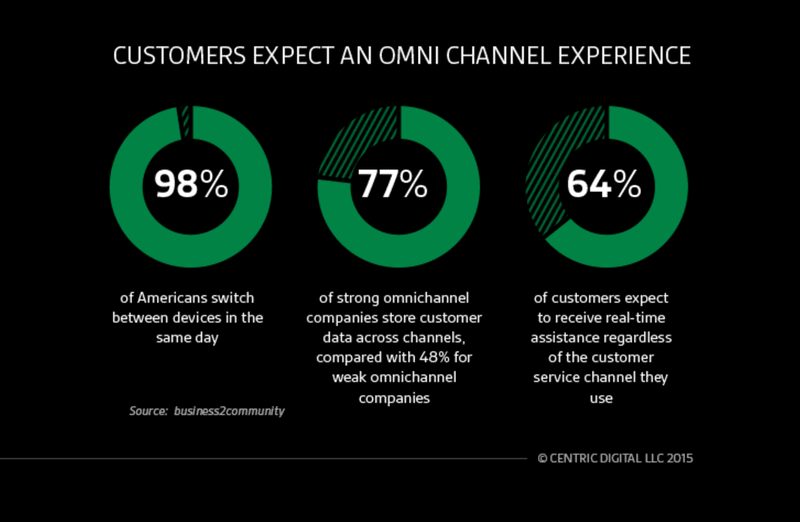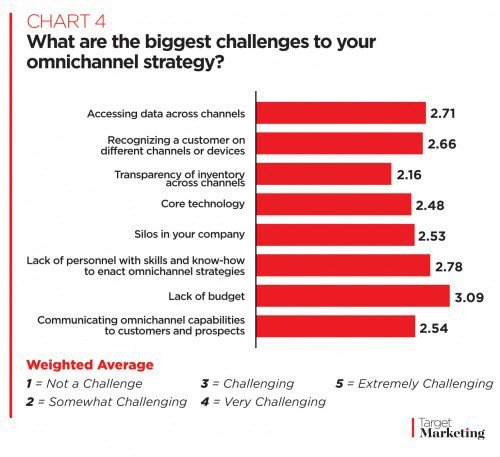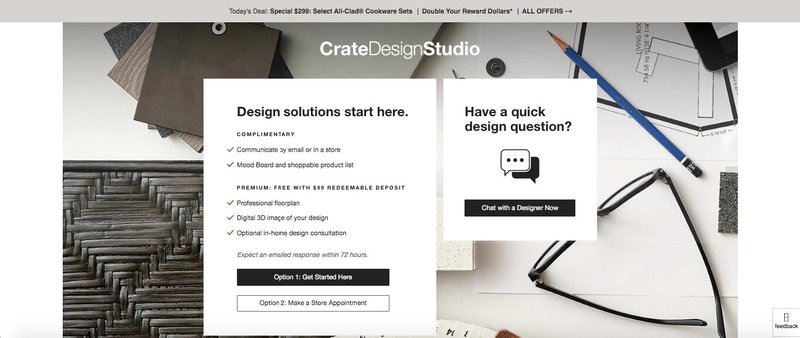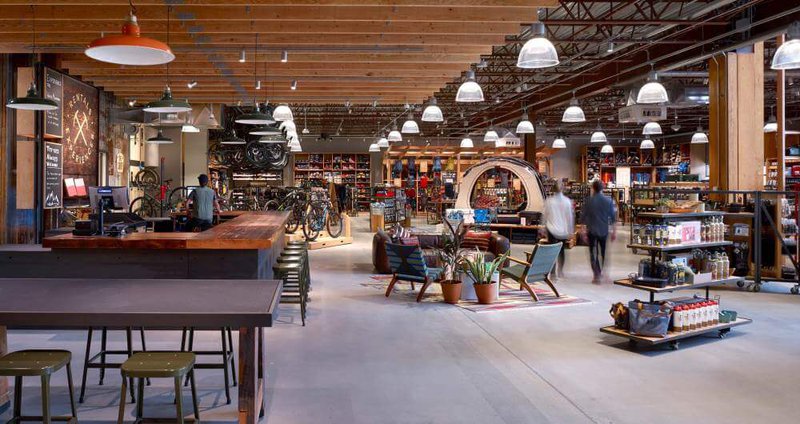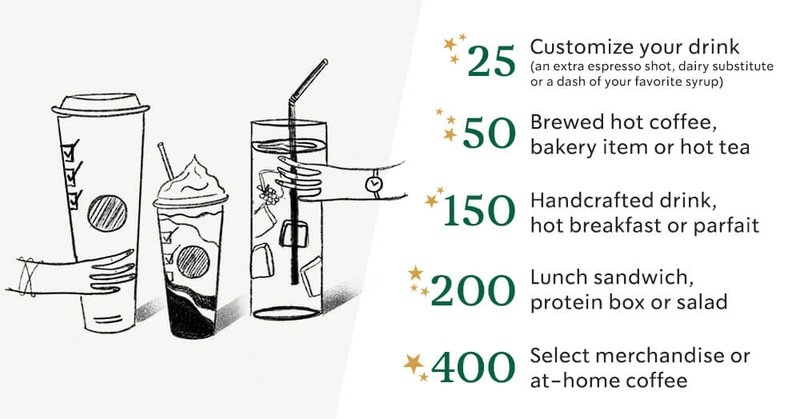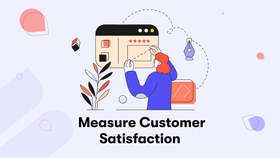Omnichannel Personalization: How The Top Brands Scale Customer Experiences
This is a comprehensive guide on Omnichannel Personalization where we discuss the benefits and challenges for brands creating personalized customer experiences.
Updated November 6, 2024.
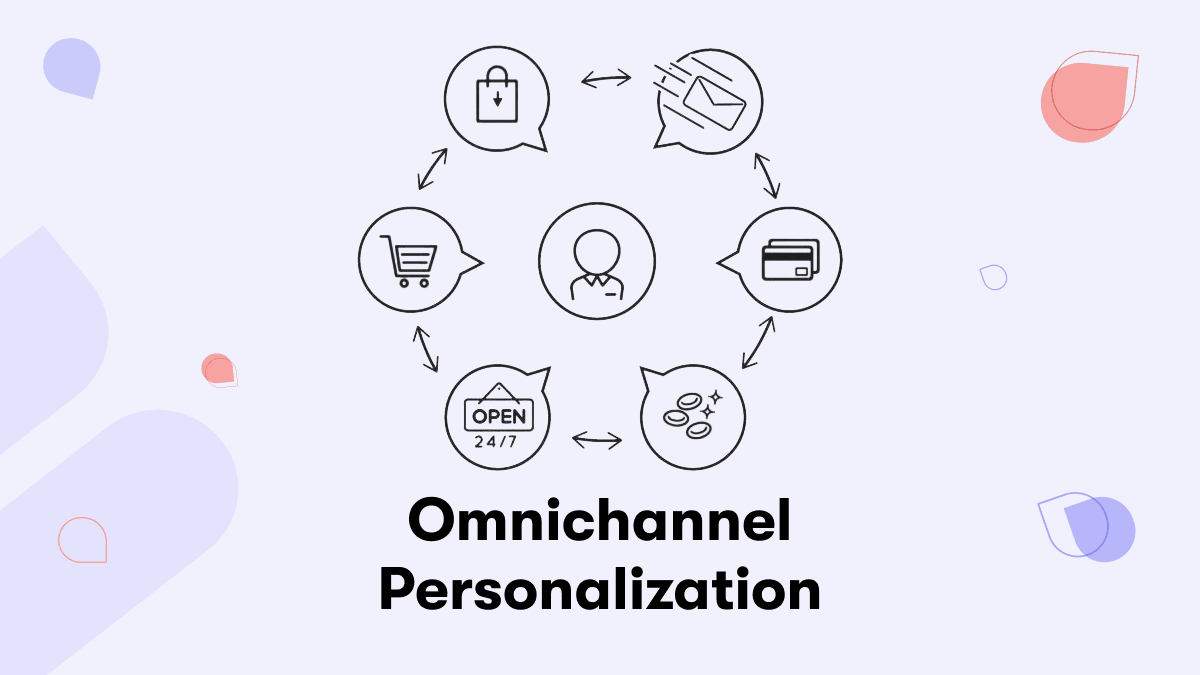
The future of marketing is here. Omnichannel and multi-channel marketing is no longer a dream, it's a reality. With 80% of shoppers using smartphones in-store to look up information and compare products, it's absolutely vital for brands to adopt omnichannel marketing strategies to serve their clients.
Brands need to transform both the in-store shopping experience as well as the digital DTC experiences of customers using their site. This is done through marketing automation, personalization, and testing.
A company that embraces omnichannel personalization at scale and implements it throughout the user journey can reap massive benefits. In this post, we break down the benefits of omnichannel personalization and the setup that's required. We even include a few examples from some of the world's top brands.
Let's dive in.
What is omnichannel personalization?
The term “omnichannel” is a buzzword in the retail industry, but what does it really mean? It means that companies are looking to offer consumers more personalized experiences across all channels and touchpoints—including mobile devices, social media platforms, websites, apps, SMS and email marketing.
To achieve this goal, retailers must be able to tie customer data from one channel or platform with other sources of information, such as loyalty programs and product reviews. This allows them to create an overall picture of their customer's buying preferences and make better-informed decisions about how best to reach out to them.
And again, in order for omnichannel personalization to work, however, there needs to be a constant flow of customer information between different channels and platforms.
By gathering this information, retailers can use it to create a profile of each customer's interests and preferences so they can tailor messages to suit individual needs. These tailored communications could include promotions, coupons, advertisements, special offers, and product recommendations.
A study by Cisco found that nearly 90% of shoppers expect retailers to collect their contact information at every touchpoint throughout the purchasing journey.
Benefits of omnichannel personalization at scale
Any omnichannel marketer will tell you that you need to scale your personalization. It’s not enough to personalize once in a while, you need to automate and do it at scale. Here are the benefits of doing so.
Improved Customer Experience
Omnichannel personalization makes it easier for businesses to deliver relevant content to customers at the right time and place. Brands can use all this l data to send personalized messages at every touchpoint and customer interaction.
For example, brands can use past data to identify when and where a shopper is most likely to buy something. They can then send a promotional email, text message, push notification or chat message with a quick promotion of the user's favorite products.
They can also personalize the user experience by displaying the right products on their landing pages, email campaigns, and other marketing communications.
Providing a personalized experience improves customer satisfaction and increases the customer lifetime value (CLV) over time.
Increased Sales
When a business uses multiple channels to market its products, it gains visibility into which channels produce the highest conversion rates. The goal is to increase efficiency by focusing resources on those channels that generate the greatest revenue.
Brands can use artificial intelligence (AI) and machine learning to hone their marketing strategies for each channel.
Reduced Costs
A well-developed omnichannel strategy can help reduce costs associated with operating various physical and digital channels. Brands can use all that data on customer behavior to better see which channels work the best, remove unnecessary tools from their marketing stack and optimize their ad spend on each platform.
Barriers to omnichannel personalization
With all the benefits of omnichannel personalization, studies show that only 3% of companies use it. Target did a survey where they asked brands to rate their challenges of adopting omnichannel marketing from 1 to 5. The biggest challenges are budget constraints, accessing and interpreting data, as well as company silos.
Let’s look at each of the main challenges in greater detail.
The assumption that the technology is too expensive
A lot of brands view omnichannel personalization as an expensive endeavor. In reality, complex-sounding things like customer journey mapping and creating customer profiles can be done with a free tool like Google Analytics.
Ecommerce brands have a lot of tools that they can use to personalize their multichannel marketing. Every eCommerce platform has a variety of apps and third-party software that brands can integrate with their sites.
On the other hand, stores that have a brick-and-mortar presence and do omnichannel retailing struggle to achieve omnichannel personalization at scale because it's much harder to acquire the data. And that does become a true barrier to tracking visitor behavior and serving personalized content at scale.
Lack of personnel or expertise to deliver that personalized experience
Another challenge of adopting omnichannel personalization is when a company lacks the right expertise on the marketing team to adopt an omnichannel approach to every channel. They may also lack the needed time to train somebody.
This is especially true for businesses that have a physical location and have front-house teams that interface with customers.
Too much red tape
Sometimes the organization's structure or hierarchy becomes a barrier to its personalization efforts.
For example, if there are different team members that each manage a specific digital channel then a lot of communication needs to happen for them to work together and deliver a personalized experience to customers across those channels.
Key components of omnichannel personalization
The key components of any omnichannel personalization strategy include:
Marketing automation
Marketing automation tools allow companies to automatically send offers to leads and potential customers based on specific criteria. Tools like Klaviyo or Recart can segment lists of contacts into groups based on demographics and behavioral patterns and help brands market automate marketing campaigns and improve ROI.
Customer data collection
Customer data collection refers to the process of gathering information about individual users so that retailers can better understand their needs and interests. In other words, customer data collection provides insight into how consumers interact with their favorite brands online and offline.
In order to provide a true omnichannel experience to your customers, you need to use a robust customer data platform (CDP) like Optimizely or Segment that will be able to gather all the information, store it, and create easy-to-read dashboards so you could make sense of it.
Optimized site design (it's not 2010 people)
Optimized site design refers to web page layouts that are optimized for mobile and tablet computers. If your site isn't responsive, it won't appear properly on small screens. So make sure that your site provides that consistent experience to each customer, regardless of which device they use to view it.
Pro tip: don't be fooled if your site analytics might show you that most of your conversions come from desktop users. Your customer base may be finding you and viewing your site on their mobile devices first and then switching to a desktop device to make the purchase.
Multichannel analytics
Multichannel analytics helps companies monitor sales across different channels and identify ways to improve performance. This includes tracking conversions between channels and monitoring the effectiveness of marketing campaigns.
Multichannel ordering systems (for eCommerce brands)
An order management system enables shoppers to place multiple types of orders at once. For example, when someone adds items to his cart on a mobile device, he can also add shipping information, pay for the purchase, and request a refund.
Social media integrations
Brands need to integrate all the various social media networks that their customers use into their omnichannel data setup. Ecommerce brands can use tools like Loox and Pixlee to automatically import and display user-generated content on their eCommerce sites.
Mobile apps
Mobile apps that run on smartphones and tablets provide an even greater opportunity to customize the customer journey and create personalized customer experiences. They provide access to live product feeds, user reviews, coupons, and other content stored on a retailer's servers.
Brands can also use augmented and virtual reality features using facial recognition to help serve customers with personalized product recommendations. Having a mobile app provides an added layer of user data that a company could use to create that exceptional customer experience.
Examples of omnichannel personalization
Here are examples of how the world's biggest brands provide an omnichannel experience for their customers.
Crate & Barrel
No more shopping carts. Crate & Barrel offers a tablet that a customer can use to add products to their shopping list and checkout directly in the store. Customers can also choose to have their wish list sent to them for a future purchase.
Another great feature is the CrateDesignStudio where customers can talk to interior designers online and schedule an in-person consultation. That's a great way the company creates new customer touchpoints for its annual 22 million customers.
REI
For REI, the purchase is just the beginning of the customer journey. This innovative company provides experiences to customers in-store - like climbing adventures - as well as outdoors via its REI Adventures. Customers receive promotions and relevant content based on the products they buy.
Starbucks
Starbucks has one of the best referral and rewards programs. They send out specific rewards for each cup of coffee you buy and customers can even checkout automatically using their rewards points. This creates a really unique tailored experience for the brand's 100 million loyal customers around the world.
Timberland
Timberland uses digital displays and interactive screens that provide users with a life-sized experience of each product. It creates a personalized platform within the store that connects all that data to digital channels and provides the customer the ability to shop in-store and checkout online.
It's a smart strategy that better aligns Timberland with the entire customer journey and dramatically improves customer retention.
Key takeaways
Here’s the summary of the main points we covered.
- Brands have tens of different digital touchpoints along the user journey
- It’s vital that they provide personalized omnichannel experiences across channels and platforms and really put the customer first.
- Omnichannel personalization is a vital component of any marketing strategy and could help improve customer acquisition and retention
- Customer data management is key to delivering personalized experiences at scale
- Brands should use a customer data platform to store all the data and marketing automation to deliver experiences via physical and digital channels
And that’s the way the personalized cookie crumbles. If you have any questions or want to speak to an omnichannel personalization expert, click here to get started.
